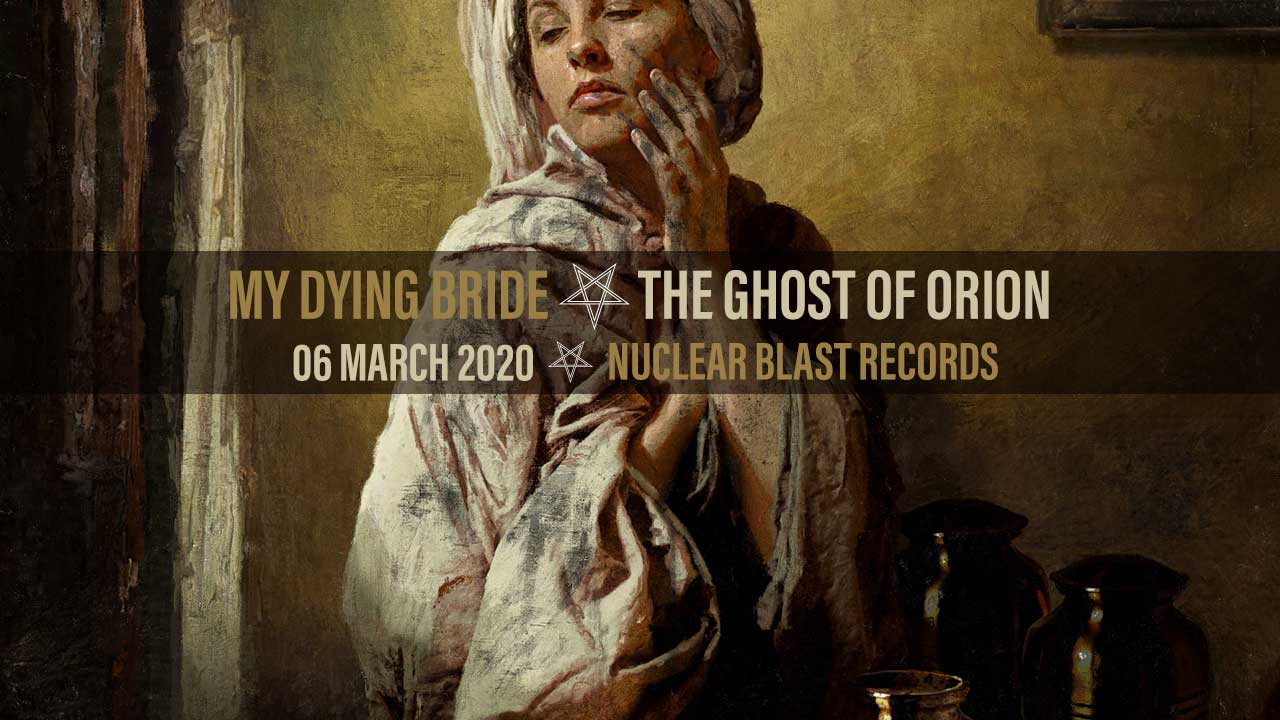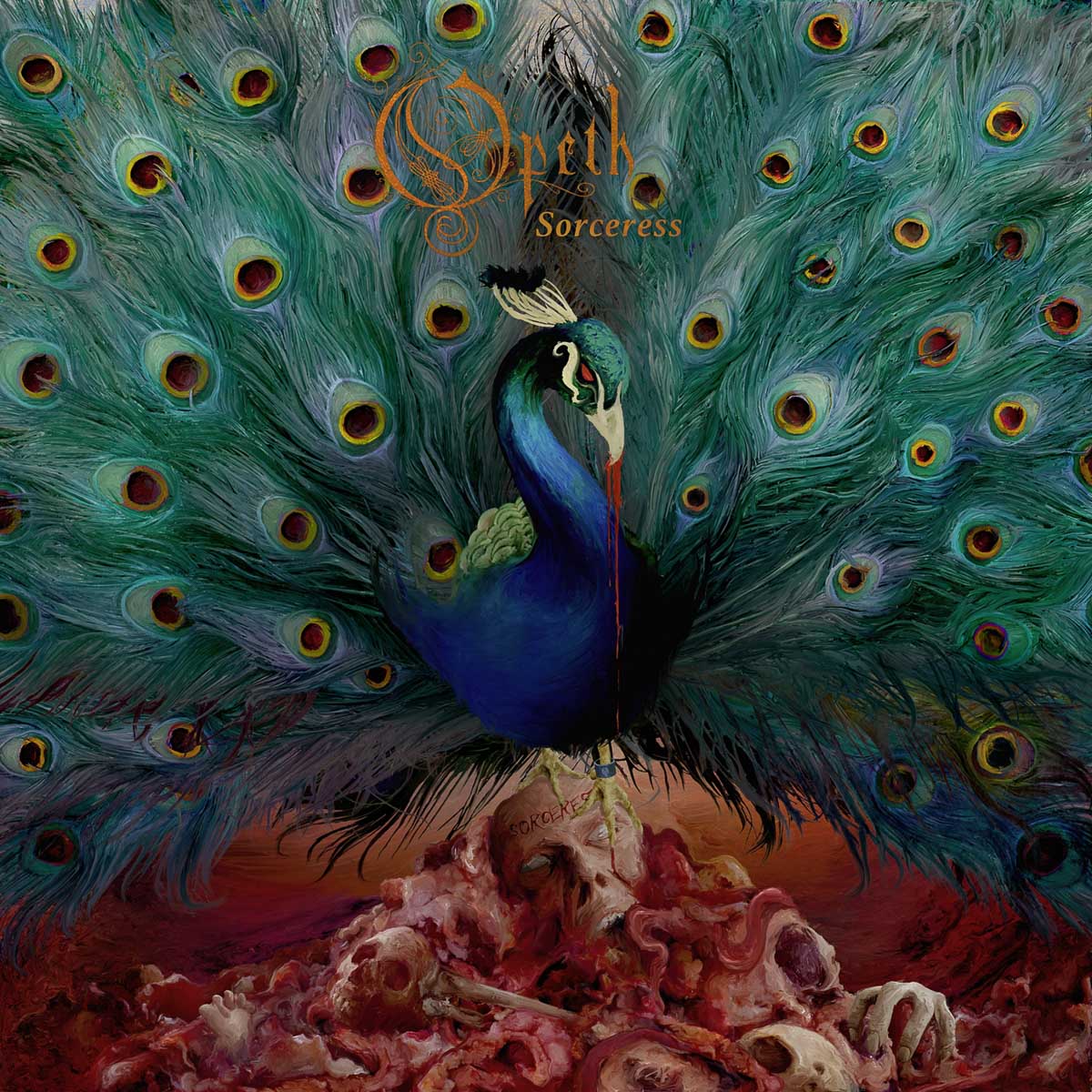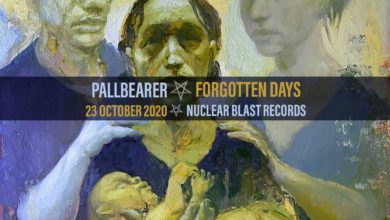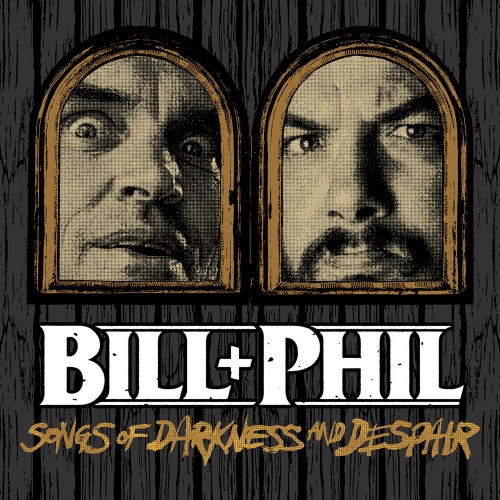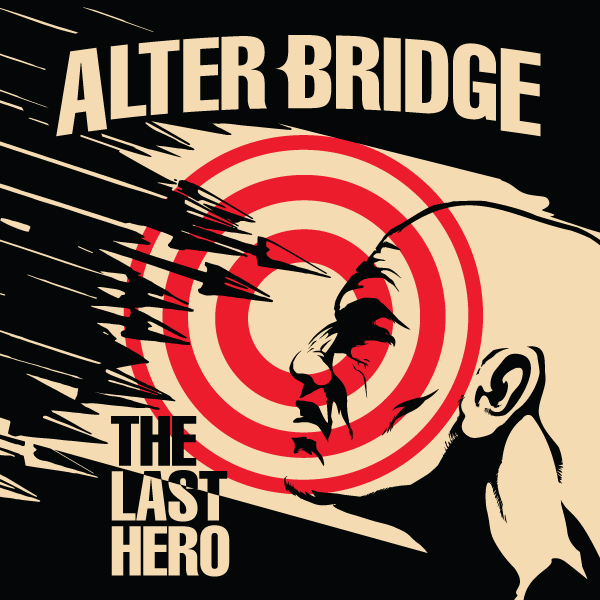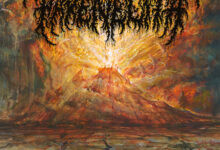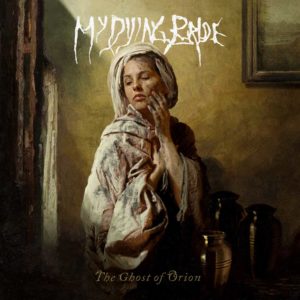 The early ‘90s were a revolutionary time for Metal. Though perhaps commercially less viable, the wheat was thoroughly separated from the chaff as more underground Metal proved to be a primordial breeding ground for insurrectionary innovation. One could even make the parallel to the early ‘80s in terms of the staggering flow of imagination forever sealed in a plethora of directions on record. The underground was a ripe locale, still united and propagated by a dedicated tribe of enthusiasts connected across the globe via a rich network of tape trading. As the ‘90s dawned, Death Metal absolutely exploded, and this fruitful style served as a springboard for increasingly radical experimentation as evidenced by the birth of Death-Doom. At that time, Doom Metal was much less widely embraced across the board as today for in an era of atonal blasting, playing purposely slow seemed anathema (pun intended) to the then-current paradigm.
The early ‘90s were a revolutionary time for Metal. Though perhaps commercially less viable, the wheat was thoroughly separated from the chaff as more underground Metal proved to be a primordial breeding ground for insurrectionary innovation. One could even make the parallel to the early ‘80s in terms of the staggering flow of imagination forever sealed in a plethora of directions on record. The underground was a ripe locale, still united and propagated by a dedicated tribe of enthusiasts connected across the globe via a rich network of tape trading. As the ‘90s dawned, Death Metal absolutely exploded, and this fruitful style served as a springboard for increasingly radical experimentation as evidenced by the birth of Death-Doom. At that time, Doom Metal was much less widely embraced across the board as today for in an era of atonal blasting, playing purposely slow seemed anathema (pun intended) to the then-current paradigm.
My Dying Bride is a band that embraced Doom wholeheartedly from their inception despite their roots in Death Metal. While Deicide and Morbid Angel were the torchbearers of the Death Metal scene, My Dying Bride took an entirely different course and it was their attitude of going against the grain that established their sonorous legacy evidenced by a career spanning now fourteen full-lengths. It was their seminal release Turn Loose the Swans that served as my personal introduction to the band. Upon ripping the plastic off the cassette and throwing it in my Walkman cranked at a deafening volume, I was immediately entranced by the band’s sound. Here was a band tuned down low with purposefully methodical riffs that were made that much more powerful with their steady crawl. Add to that a genuine and palpable Gothic presence all their own enriched by an instrument unused by others, the violin. That infectious, classically prodigious element separated My Dying Bride from others; indeed, this was a band with a daring sound all their own. Later, the band, along with Paradise Lost and Anathema, would comprise what came to be known as the “Peaceville Three” as all three shared a label and penchant for infusing their shared Death Metal roots with Doom elements.
As the years have passed, all three groups have had their ups and downs including departures from precedents set early on via exploratory periods and embracing outside elements. Anathema have refused to look back traveling in a forward trajectory and discarding any and all Metal elements while Paradise Lost have seemingly alternated between heavier material and a more Depeche Mode-influenced sound. My Dying Bride have instead remained stalwarts carving out the quintessential blueprint for what I’ve always termed the “British Doom” sound, though they did have a brief departure with ‘98’s 34.788%…Complete. Simply put, My Dying Bride is the most consistent of the bands in that scene. Some albums have flirted with more abrasive material while others have leaned more into a melodic texture. Like any other vital artist, each album is representative of the time it was conceived. For example, many fans hold The Angel and the Dark River and its staunchly Death-Doom feel in higher regard than the more collectively palatable Like Gods of the Sun. It is truly a matter of taste as each is simply another shade of the spectrum within which they operate. The way those two albums epitomize different hues of their sound is a fitting analogy for how this new album, The Ghost of Orion, differs from their previous release, Feel the Misery as it focuses more on the pensively dark romance conjured from multiple-layered harmonies and sweeping melodies.
The first track, “Your Broken Shore” features an eloquently delivered debut riff of the album which sets the tone for all that is to come. The band spends just about one minute laying out the scheme of the song with multiple guitar tracks, one which roars with the impending doom (literally, from the masters) of massive chords while the other weeps with the melancholy of a lingering melody which carries the song through its ups and downs. Before long, the violin, My Dying Bride’s perennial secret weapon, emerges to soulfully adorn the music with an enchanting alternate melody that perfectly rounds out this beginning. This lead track is a prime example of the dynamics upon which the band’s sound is based upon alternating between softer verse sections that seal themselves into the subconscious and a heavy chorus that is thus that much more exhilarating. The transition between the first and second song, “To Outlive the Gods,” is virtually seamless. It is almost as if the second track is an alternate demonstration of the same machinations though it soon reveals itself to be another blisteringly unique composition. The sorrowful atmosphere is juxtaposed with moments of resolve and enlightenment. The tranquility that ensues from the clean section at the four-minute mark is eschewed as the band again revisits a cadence of harmony-bound guitars and violin. Vocally, Aaron Stainthorpe combines powerfully resonant, deep lines with the main melody sung on a separate track giving the singer a stunning, broad sound and helping the chorus to be fully elaborated and explored.
Another highlight of the album is the third track, “Tired of Tears,” a solemn offering with a truly memorable chorus, perhaps the catchiest on the album. The fifth track, “The Long Black Land,” is also a key point in the album. It features a hypnotically haunting passage toward the middle which is slowly realized beginning with a solitary clean guitar that evolves progressively into the full band building step by step until their collective vision is realized. This moment of pure musical bliss becomes embedded in one’s mind to the point of hearing its echoes in the foggy haze of the faint hours of nocturnal rest in which one’s consciousness rests somewhere between reality and the land of nod. In short, it is timeless as it resonates, like many other high points in the band’s career, on a profoundly deep-seated level. There are so very few bands or musicians that compose music on such a level as that which constitutes the band’s utterly amaranthine work. It is the very definition of elite proven steadfastly in song.
The previously mentioned darkly romantic side of the band’s sound is on full display here. This is achieved through a dedicated adherence to the primacy of mood. When describing the Gothic side of the band, it must be noted this is a more undiluted refinement than the Hot Topic variety that so often gets confused with the term. This is the Gothic side of Poe, Shelly, and Mussorgsky. The production on The Ghost of Orion is mammoth sounding with a guitar sound that incorporates past achievements while still moving things forward. Unlike more sludgy acts, My Dying Bride employ a thick, articulate, girth-filled clarity in the guitars that openly embraces modern production in a way that enhances the deadly six-string onslaught. One can almost feel the vibration coming from the amps as the gargantuan chords ring out thunderously. That generous space is shared with the violin which appears in the songs like an extra lead yet retains all its classical sonic characteristics. Thus, that somber yet chivalrous vibe is constructed. Rhythmically, the bass and drums are tightly locked in and maintain a reliable groove over which the guitars and violin are laid. Vocally, Aaron uses mostly clean vocals which resonate deeply with the inherently despondent tragedy that he seems to exude though there are moments in which he utilizes his dry lung style as well.
Ultimately, it is the most arduous of tasks to mask my exuberance over this album. Like many other loyal fans, I awaited its release with bated breath, and it is with joyous satisfaction that I proudly proclaim it to be well worth the wait. There is an overabundance of Doom bands these days, but there can be only one My Dying Bride. Thankfully, the band have triumphed yet again with this release steadily advancing their sound still further. This is a work of art worthy of being added to their voluminous compendium of work and essential for any fans of Doom worldwide.

